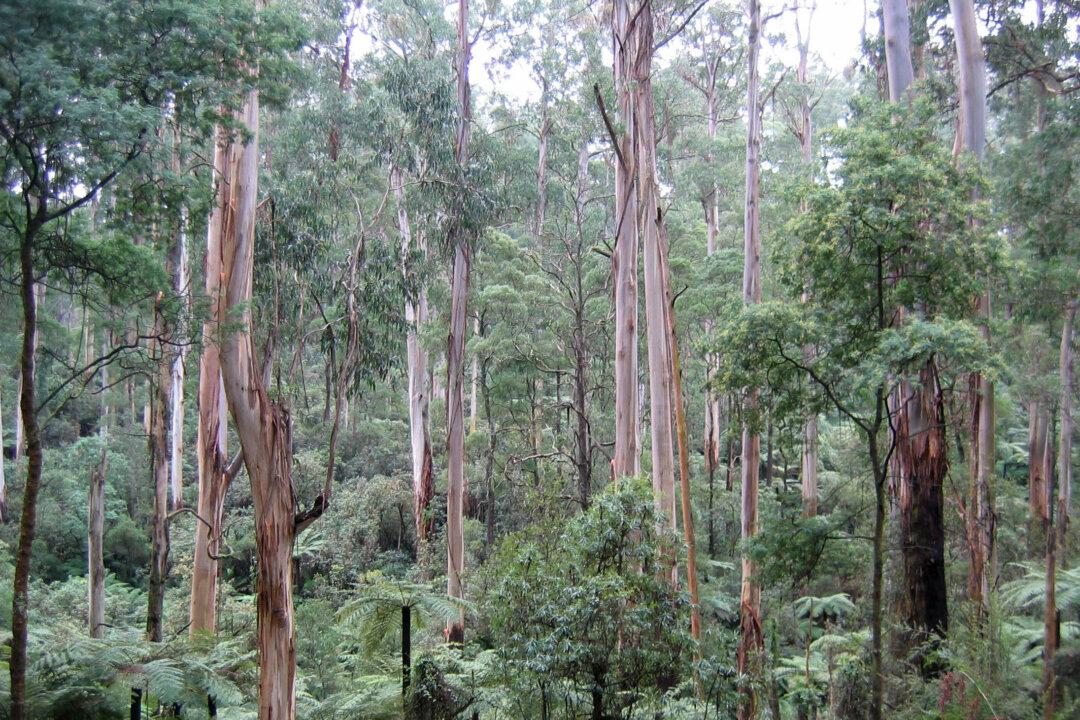In February 2009, the Black Saturday bushfires swept through the Mountain Ash forests of Victoria, burning 72,000 hectares.
These forests are home to the tallest flowering plants on the planet, and iconic species such as the Leadbeater’s Possum, Victoria’s animal emblem. In the six years since the fires, we and other scientists have been investigating how the forests have recovered, summarized in our new book. This research was in turn built on 25 years of research before the fires.
There’s some good news and some bad. The forests and their inhabitants have a remarkable capacity for recovery from natural disturbances like fire. However, the forest ecosystem is in a precarious state, largely due to the continuation of Victoria’s logging industry.
Winners and Losers
Some species seemed to fare well after the fires, or even to have benefited from them. In the week leading up to the 2009 fires, 18 Brushtail Possums were fitted with radio-tracking collars, and all were found alive two months later.
After the fire, Flame Robins arrived in the forest in huge numbers to take advantage of hunting opportunities in the open burnt forest.
The native Bush Rat and carnivorous Agile Antechinus (a minute relative of the Quoll and Tasmanian Devil), were hit hard by the fire. Their numbers were initially severely reduced but then recovered to be equally or more abundant in burnt than unburnt forest within three years.
In contrast, other species have struggled in the post-fire environment, such as the Greater Glider and Leadbeater’s Possum.
Recent research on the Leadbeater’s Possum has highlighted how this species (which was recently up-listed to Critically Endangered status) is absent from sites and landscapes burned in the 2009 fires. The species is even absent from unburned patches within otherwise burned landscapes.
This, in turn, underscores the critical importance of intact areas of unburned and unlogged Mountain Ash forest. Indeed, analysis of the viability of populations of Leadbeater’s Possum clearly shows that a large ecological reserve is essential to prevent the species’ extinction.
In fact, immediately before to the last state election, Labor made a written commitment to one of us (David Lindenmayer) via formal email to establish the Great Forest National Park to secure populations of Leadbeater’s Possum. They have even set up a Task Force to do just that.
Yet recent state government commitments to the ongoing logging of ash forests significantly jeopardize both the park and the persistence of the Leadbeater’s Possum.
Kicking the Forest While It’s Down
Widespread industrial clear-felling logging has continued across the Mountain Ash forest estate since the 2009 fires. The industry is primarily a pulpwood industry focused on making paper and supports very few direct jobs.
Most importantly, the interaction of fire with logging has left the forests in a perilous state. For instance, past clear-fell logging operations results in Mountain Ash forests being at significantly greater risk of crown-scorching fire. This elevated fire risk effect persists for more than 40 years as forest regrow.

